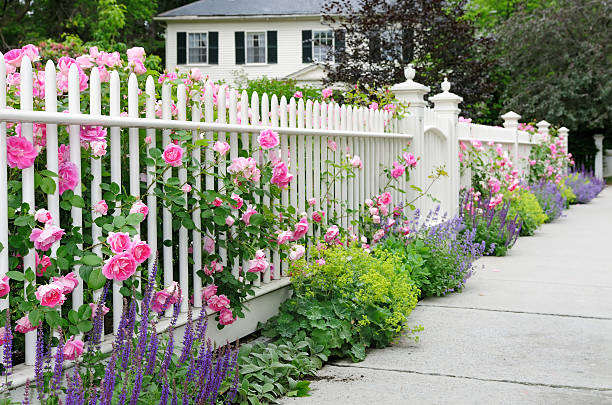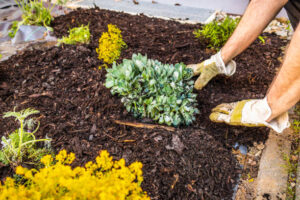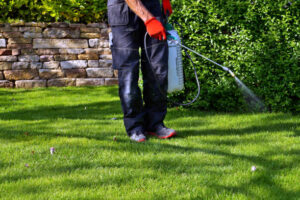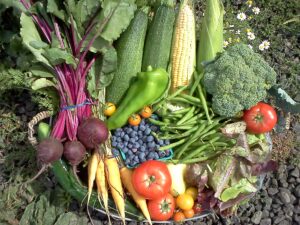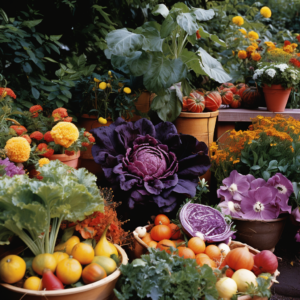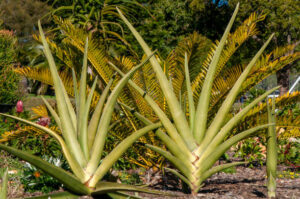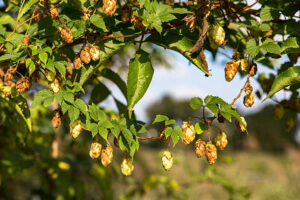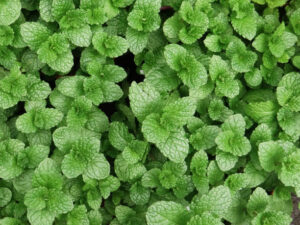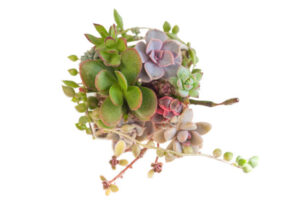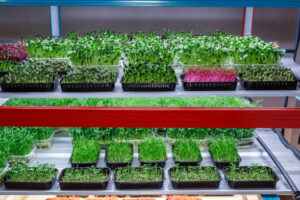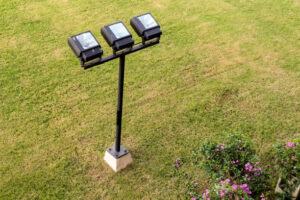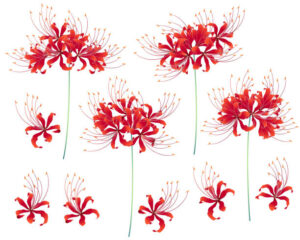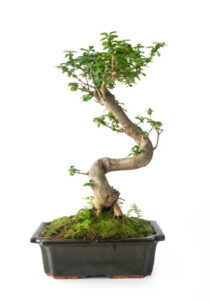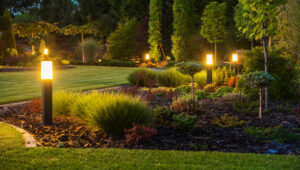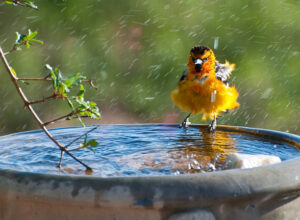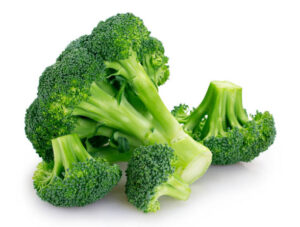Choosing the Right Garden Fence: A Comprehensive Guide
Introduction
A garden fence serves as more than a mere boundary for your outdoor space—it’s a statement of style, a protector of privacy, and a shield against intruders, be they four-legged or two. Choosing the right garden fence involves considerations beyond aesthetics, delving into practicality, durability, and the unique needs of your garden. In this comprehensive guide, we explore the key factors to help you navigate the vast world of garden fences. From materials to styles, let’s embark on a journey to find the perfect fence that enhances the beauty and functionality of your outdoor haven.
1. Assessing Your Needs
Before diving into the myriad options, take a moment to assess your specific needs for a garden fence. Consider the following:
Privacy Requirements: Are you seeking seclusion from prying eyes, or is your aim to maintain an open and airy ambiance?
Security Concerns: Do you need a fence primarily for security reasons, such as keeping out wildlife or deterring potential intruders?
Aesthetic Preferences: What style complements your garden and home architecture? Modern, rustic, traditional, or something in between?
2. Choosing the Right Materials
Each material brings its unique set of characteristics to the table. Explore the options based on your preferences, maintenance capabilities, and budget:
Wooden Fences: Timeless and versatile, wooden fences offer a classic look. Cedar and redwood are resistant to decay, while pressure-treated wood is budget-friendly.

Vinyl Fences: Low-maintenance and durable, vinyl fences mimic the appearance of wood. They resist rotting and are available in various styles and colors.
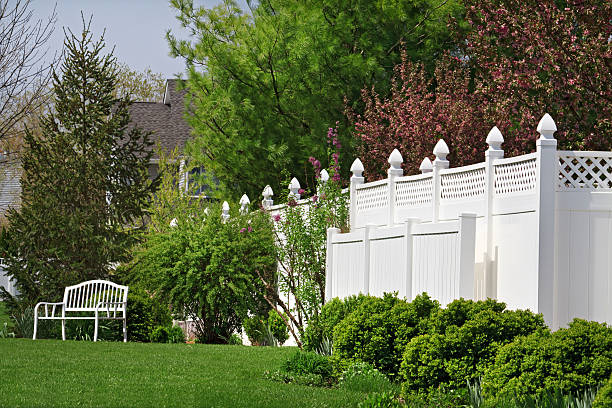
- Metal Fences: Aluminum and wrought iron fences provide security without obstructing the view. They are durable but may require maintenance to prevent rust.

- Chain-Link Fences: Budget-friendly and functional, chain-link fences are suitable for security purposes but may lack the aesthetic appeal of other materials.
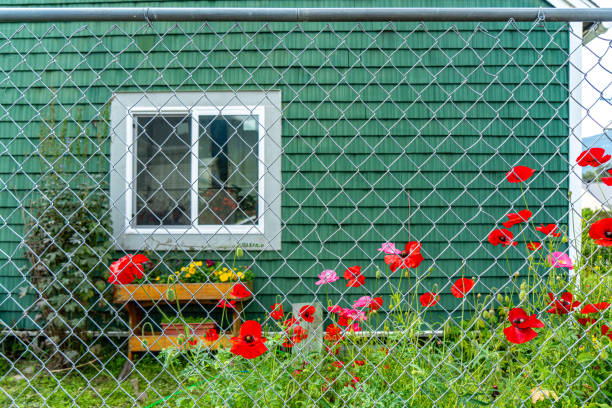
3. Understanding Local Regulations
Before committing to a specific fence style, familiarize yourself with local regulations, homeowner association rules, and any necessary permits. Consider the following aspects:
Height Restrictions: Some areas have restrictions on fence height, especially in front yards. Ensure your chosen fence complies with local guidelines.
Materials Approval: Certain neighborhoods may have restrictions on fence materials. Check if there are any limitations or specific approvals needed.
Boundary Lines: Confirm the exact location of your property lines to avoid disputes with neighbors. Install the fence within your property boundaries.
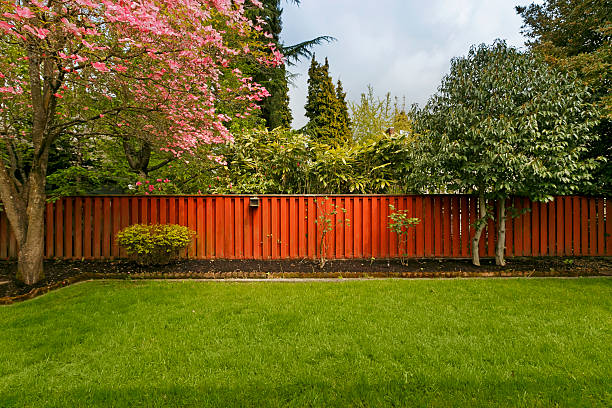
4. Balancing Aesthetics and Functionality
Your garden fence is a prominent feature of your outdoor space, and its aesthetic appeal matters. Consider the following tips to strike the right balance:
Matching Your Home: Choose a fence style that complements the architecture and color scheme of your home. Harmonious design creates a cohesive look.
Garden Integration: Integrate the fence seamlessly with your garden by selecting colors and materials that enhance the natural surroundings.
Focal Points: Use the fence strategically to highlight focal points in your garden, such as a beautiful flower bed or a striking tree

Conclusion
Choosing the right garden fence is a significant decision that blends practicality with aesthetic appeal. As you embark on this journey, envision a fence that not only enhances the security and privacy of your outdoor space but also complements the beauty of your garden. By considering your specific needs, understanding local regulations, and exploring various materials, you’ll be well-equipped to select the perfect fence that transforms your yard into a haven of both functionality and charm. Happy fencing!

